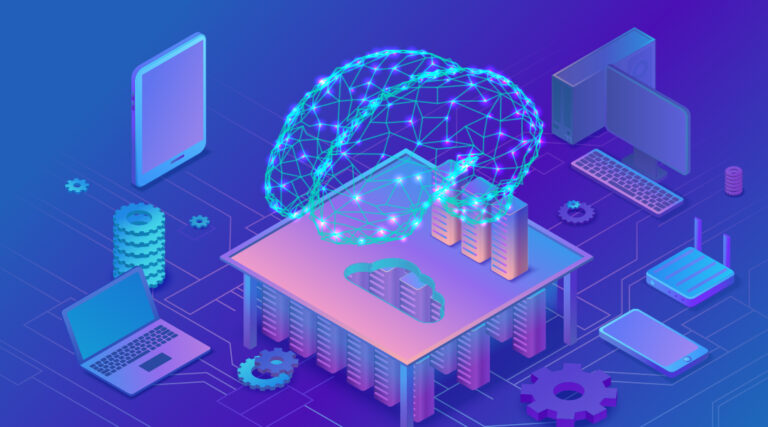
AppDynamics has delivered the first fruits of its borging by Cisco two years ago, with the launch of Cognition Engine, which it is pitching as a harbinger of AIOps.
AppDynamics was bought by Cisco on the eve on a planned IPO. Cisco subsequently snapped up machine learning/ops monitoring outfit Perspica last year.
The vendor has now launched the AppDynamics Cognition Engine, which combines AppDynamics’ application performance monitoring together with machine learning tech and models from Perspica.
In a blog post today, AppDynamics product marketing director Omed Habib said, “You can think of Cognition Engine as a culmination of the best features we’ve brought to market in the past — coupled with new and cutting-edge diagnostic capabilities leveraging the latest in AI/ML technology made possible by our Perspica acquisition.”
The vendor claims that because Cognition Engine learns on the job, “there is minimal need for user configuration out of the box”. Baselines can be established without manual interventions, and remediation can be automated.
Crucially, perhaps, it will be added to its SaaS offering at no extra charge.
In a blog, Thomas Wyatt, AppDynamics’ chief strategy officer, outlined the company’s “Vision for AIOps” dubbing it “The Central Nervous System for IT”.
Wyatt declared AIOps will enable organisations “to leverage artificial intelligence and machine learning to derive real-time insights and begin automating tasks to augment technology operations teams”.
He said, “AI-based systems help identify root case, predict performance, recommend optimizations, and automate fixes in real-time. So now, the time originally spent doing mundane tasks can be better focused on driving new innovation for their business.” Which sounds like DevOps, but with AI getting all the glory.
Cognition Engine will go beyond problem detection, he said, “to root cause identification. Once a root cause is identified and exposed through an API, IT teams can start to develop an automation framework for faster remediation and resource optimization.”
This vision clearly expands to the underlying infrastructure, with Wyatt reminding us that “Cisco connects and monitors billions of network devices, lights up data centers for hundreds of thousands of customers, blocks over 20 billion security threats per day, and collects hundreds of trillions of application metrics per year.“
Which means that “with a rich automation roadmap in place, bringing this massive data set together for cross-domain correlation with machine learning and AI will deliver insights that no other company can provide.”
Whether what AppDynamics is doing should be dubbed data science, machine learning or AI or something else altogether is a matter of debate. However, machine learning and AI is steadily creeping into products in the DevOps world, but while some companies choose to trumpet the fact, others are more reticent.
This is in part because of concerns about over-selling the technology. But there are also concerns about exactly how to handle the data being captured and modelled. So potential customers may buy into the idea of machine learning algorithms rummaging through their own systems to serve up metrics and recommendations. But they may baulk at the prospect of their data being fed back into a central vendor-side brain which mixes their data with that of other customers.
